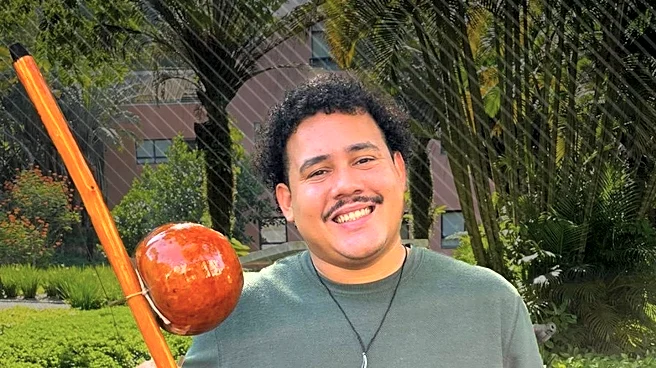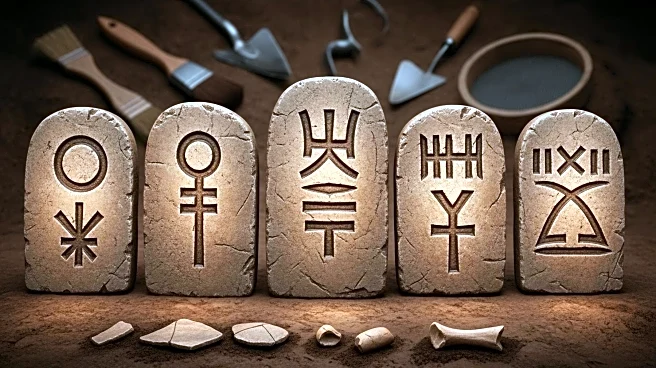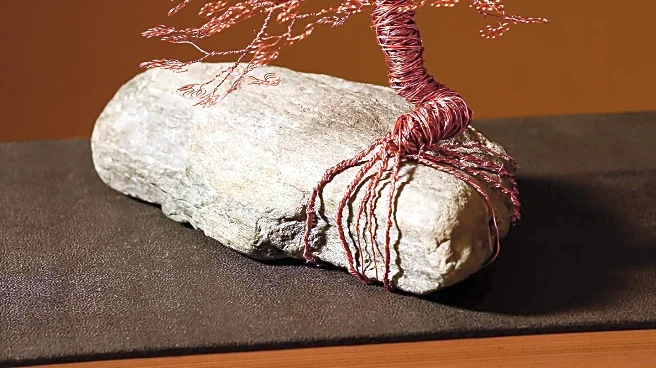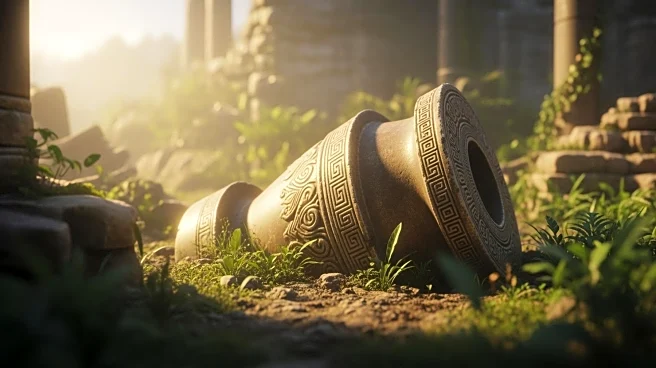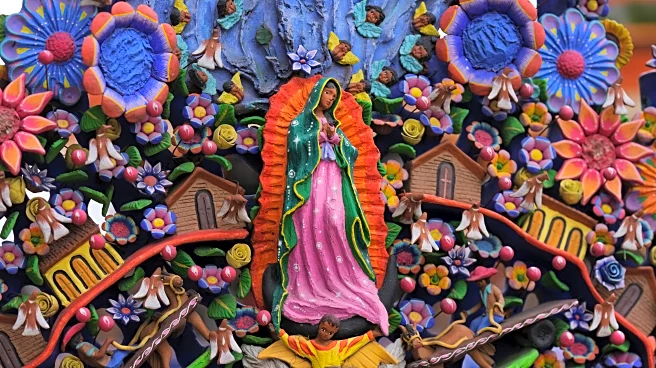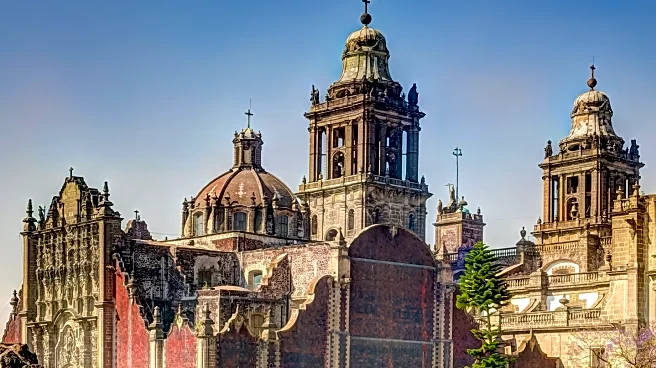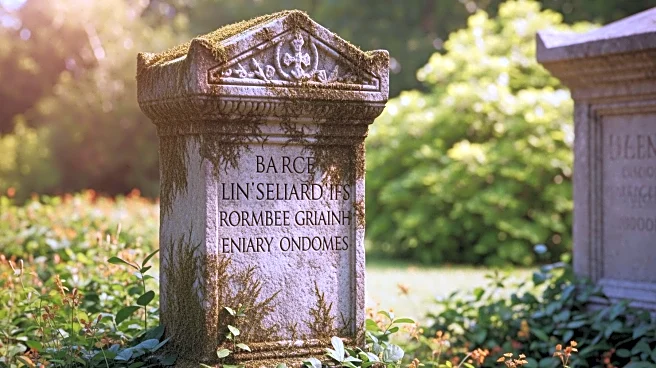What's Happening?
In Metepec, Mexico, artisans are renowned for crafting intricate clay sculptures known as Trees of Life. These pieces, deeply rooted in Mexican culture, often depict biblical scenes such as Adam and Eve, and are considered a symbol of identity in the
region. Hilario Hernández, a local craftsman, has gained recognition for his work, including creating a Tree of Life for Pope Benedict XVI in 2008. The tradition of crafting these trees has been passed down through generations, with families like Hernández's dedicating their lives to this art form. The Trees of Life are not only a source of income but also a means of preserving cultural heritage. The Metepec Clay Museum hosts an annual contest to showcase these creations, further cementing their cultural significance.
Why It's Important?
The creation of Trees of Life by Mexican artisans is significant as it underscores the importance of preserving cultural heritage and traditional craftsmanship. These artworks serve as a testament to the rich history and identity of the Metepec region. For the artisans, this craft is not just a livelihood but a way to keep their cultural traditions alive. The international recognition of these pieces, such as those presented to popes, highlights the global appreciation for Mexican artistry. This cultural export can enhance Mexico's cultural diplomacy and promote tourism, benefiting the local economy and providing artisans with a broader platform to showcase their work.
What's Next?
The continued promotion and recognition of Trees of Life could lead to increased interest and investment in Mexican cultural arts. Artisans may explore new markets and collaborations, potentially expanding their reach beyond traditional boundaries. The annual contest at the Metepec Clay Museum will likely continue to play a crucial role in encouraging innovation and preserving the craft. As global interest in cultural heritage grows, these artisans may find new opportunities to share their stories and traditions with a wider audience.
Beyond the Headlines
The crafting of Trees of Life raises important discussions about the preservation of intangible cultural heritage in a rapidly globalizing world. As younger generations are drawn to modern careers, the challenge remains to keep traditional crafts relevant and appealing. Initiatives that support artisans and provide platforms for cultural exchange can help sustain these traditions. Additionally, the ethical considerations of cultural appropriation and the commercialization of traditional crafts are ongoing discussions that may impact how these artworks are perceived and valued globally.
